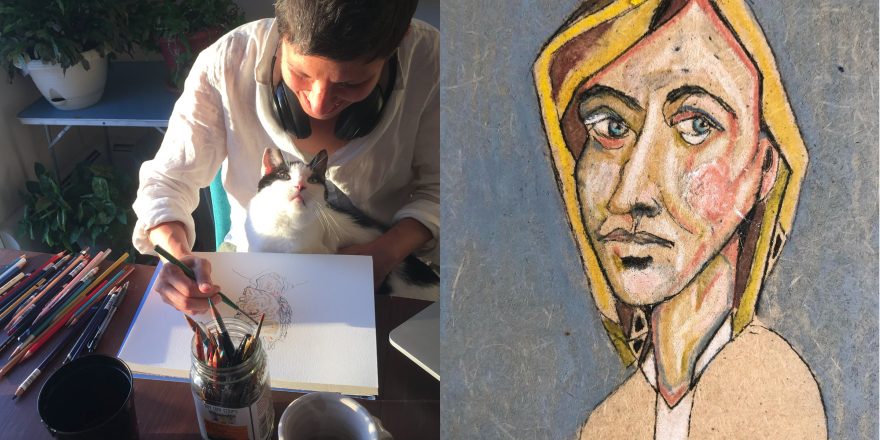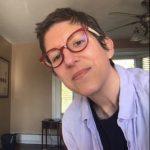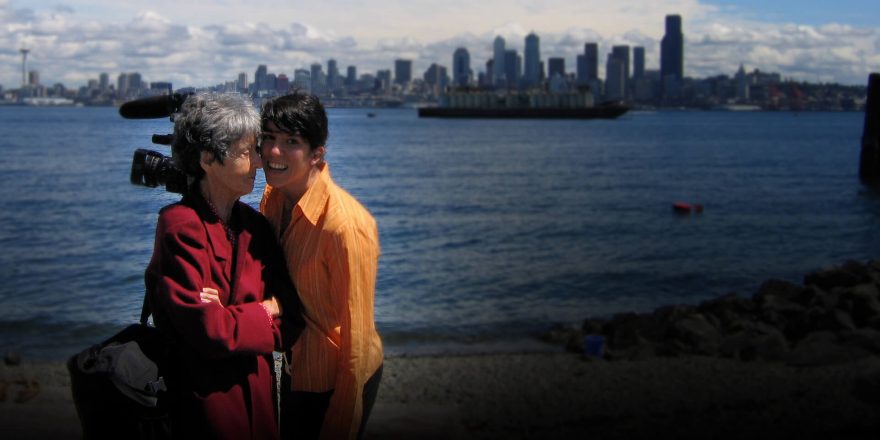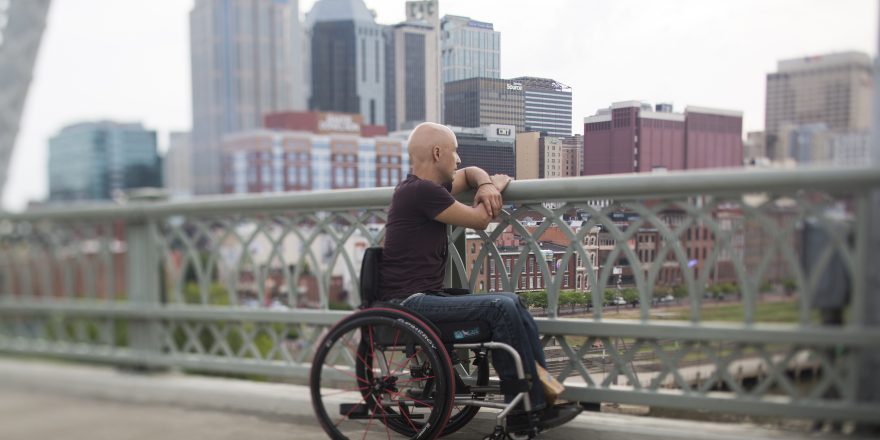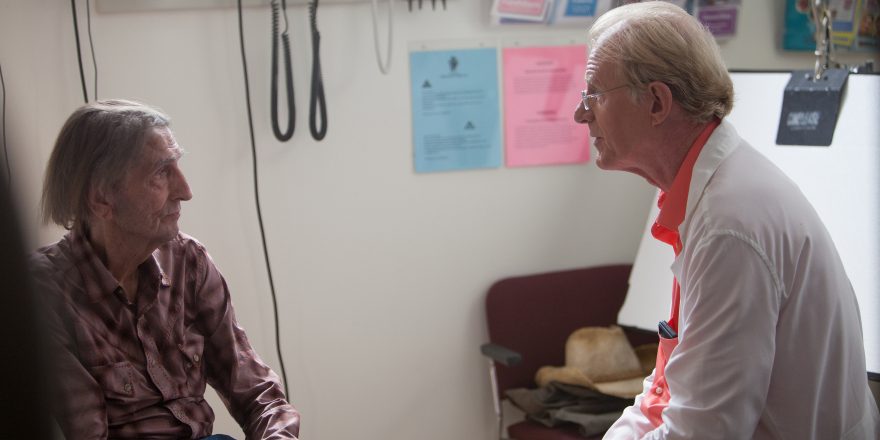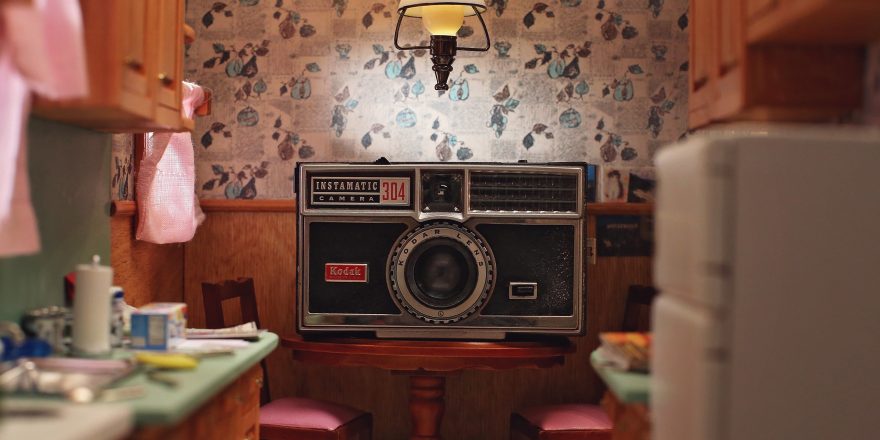Our dining room table looks like kindergarten on crack. Paint marks streak the wood. We eat breakfast next to stacks of paper and piles of watercolor pencils worked down to the nub. I’ve never properly learned how to use them, but ultimately they seem much easier and tidier than fussing with brushes. A pencil I can handle — it’s less committal, somehow, and something solid to grip. Don’t get me wrong, I use brushes too, but mostly to blot and smear black Pilot pen marks across the paper. There’s no method to this madness. In fact, the second I smell even the hint of a method, I’ll try something new. If what I draw sucks, I pick up a bottle of Wite-Out or white acrylic paint and dab over it. Sometimes I flip the paper over and start drawing something new on the back. Sometimes that sucks too. But what doesn’t suck is that the uncertainty of my process temporarily takes my mind off the uncertainty in my life.
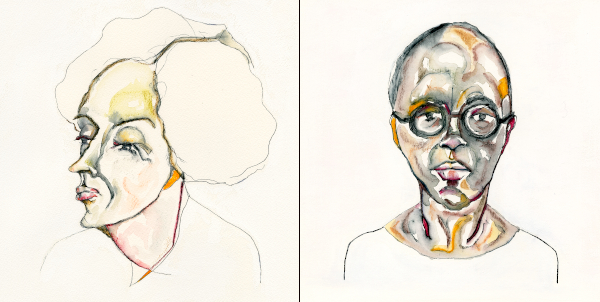
Mostly, the uncertainty of my life has to do with breast cancer. I had it. I have it? I think I’m supposed to say I’m in remission, but since there’s no cure for cancer, I feel weird ever saying I’ve been cured. So here’s what I know: there’s no evidence of disease in my body (NED), but I haven’t actually had any recent scans to verify this and I just finished three years of treatment capped off by a drug called Nerlynx, which makes many people poop their brains out but somehow it spared me. I know that my blood tests are mostly fine, but there’s a tumor marker inching up to the upper limits of normal that scares me to death. I’m scared of dying, as it turns out, and the fear of it invades my subconscious; some nights I wake up thinking the cancer is in my right lung, my left intestine, my bones, my brain, my blood — every conceivable part of my body it could possibly spread to except, of course, my bunions. But if there’s bone metastases, maybe the bunions will go too.
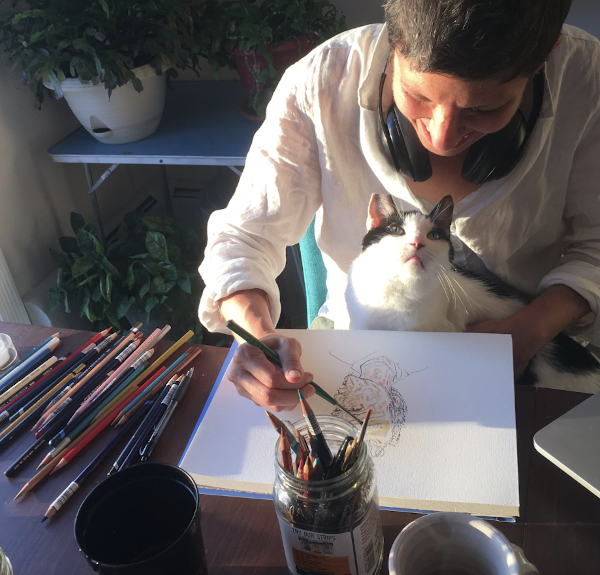
I also know that drawing is what saved my sanity when I first got diagnosed. Back then, in 2017, my job was simply to show up and try my best to trust the doctors and to believe that all these toxic treatments (chemo, radiation) could make me better. I lost every trace of hair on my body, but none of that really mattered. What mattered was my prognosis, and that it looked good. What also mattered was letting go of things that no longer made sense. Like, for example, my incredibly stressful career as a magazine fact-checker. That went. And friends who couldn’t show up, they went too. My senses felt particularly attuned to being alive. Time suddenly expanded. I found my partner’s old watercolor pencils and started the first of what I call the cancer drawings.
Tiny faces. Portraits. Bad likenesses.
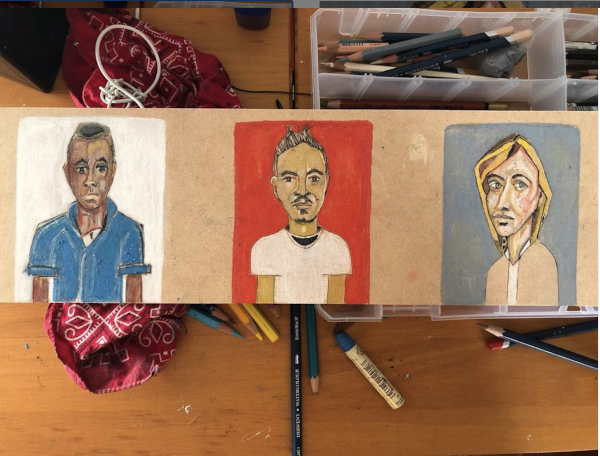
It goes like this: each day I wake up feeling like there is a dragon at my door. Like the Buddha’s practice of inviting Mara (the demon god who tempted him with desire and doubt) for tea, I ask the dragon in — but in my case, it’s for coffee, heavily diluted with cream. Together we flip through books of my favorite portrait painters (Alice Neel, Egon Schiele, Lucian Freud) that I’ve amassed after years of birthday gifts, photobooks or last week’s New York Times magazine. I find a face that feels like a springboard. I look for palpable emotion: people with discernible lines and a far-off stare that takes me somewhere — usually deeper into myself. And as I start to draw, the dragon — finally feeling sated and seen — slowly goes away. I close the photobook or magazine and I begin to add color.
Water, like fear, can’t be contained without effort. So adding water to color — if you don’t know what you’re doing — can be unpredictable. This Cadmium Red bleeds into the Delft Blue I loved, and suddenly the face is one big bruise. Everything spreads and bleeds and each stroke becomes a practice in accepting what is. A 35-year-old woman becomes an 85-year-old man. James Baldwin becomes Virginia Woolf. My fiancé becomes a dead ringer for Orson Welles. I am sometimes amazed at how utterly unrecognizable the faces are from their source material, but I also think of Picasso’s portrait of Gertrude Stein which people also said was unrecognizable and is now hanging in the Met.
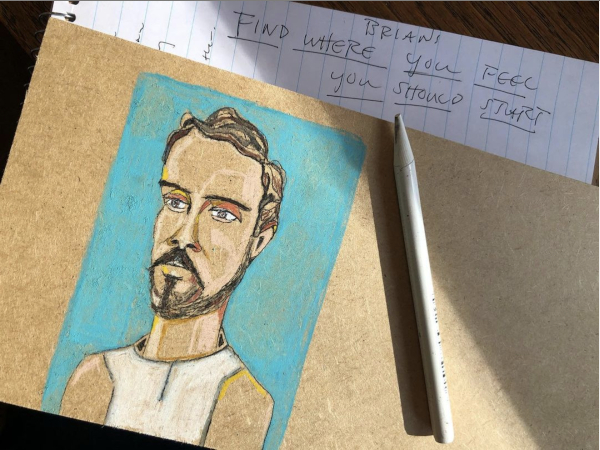
My friend Tess Bird, an anthropologist of uncertainty, refers to my drawing as a “present-moment practice,” a sublime way to root me in the now. Some people hike a mountain or cook for the week or scrub the entire house clean. Others join a sangha and start meditating. Me, I pick up a black pen and watercolor pencils and experiment with adding water to a page. “Art tends to help us deal with uncertainty, because art itself is an uncertain process,” she tells me, “and so it teaches us how to be present with other unknowns in our lives.” And when I sit down to draw, I seemingly make a pact with my right hand: Surprise me. Surprise me and I’ll keep going. Surprise me and I’ll do this day. Surprise me and I’ll try to stop Googling cancer symptoms (type “cancer” and “pancakes,” and you’ll soon discover that it’s metastasized to your meals).
The uncertainty of supposedly being cancer-free is a strange state to be in and a hard one to describe. Arthur Frank, the author of The Wounded Storyteller, calls it the “remission society” — a distinction reserved for people living in that liminal place of powerlessness between doing everything you can and letting go. In his book, Frank writes: “Sickness and wellness shift definitively as to which is foreground and which is background at any given moment. In the remission society the foreground and background of sickness and health constantly shade into each other. Instead of a static picture on the page where light is separated from dark, the image is like a computer graphic where one shape is constantly in process of becoming the other.” For me, recovering from cancer is not about being disease-free and moving on, but learning to live in this blurry state of shifting and uncertainty.
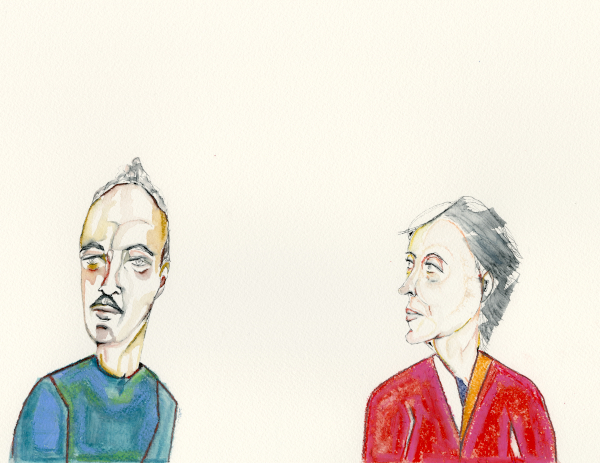
For now, I’ve discovered that the best way I can do this is to put myself in a situation where the words “sick” or “well” don’t exist. And for me, that place is my dining room table, starting with one face and ending with another.
All images courtesy of Michelle Memran. To view more of Michelle’s portraits, visit michellememran.com


